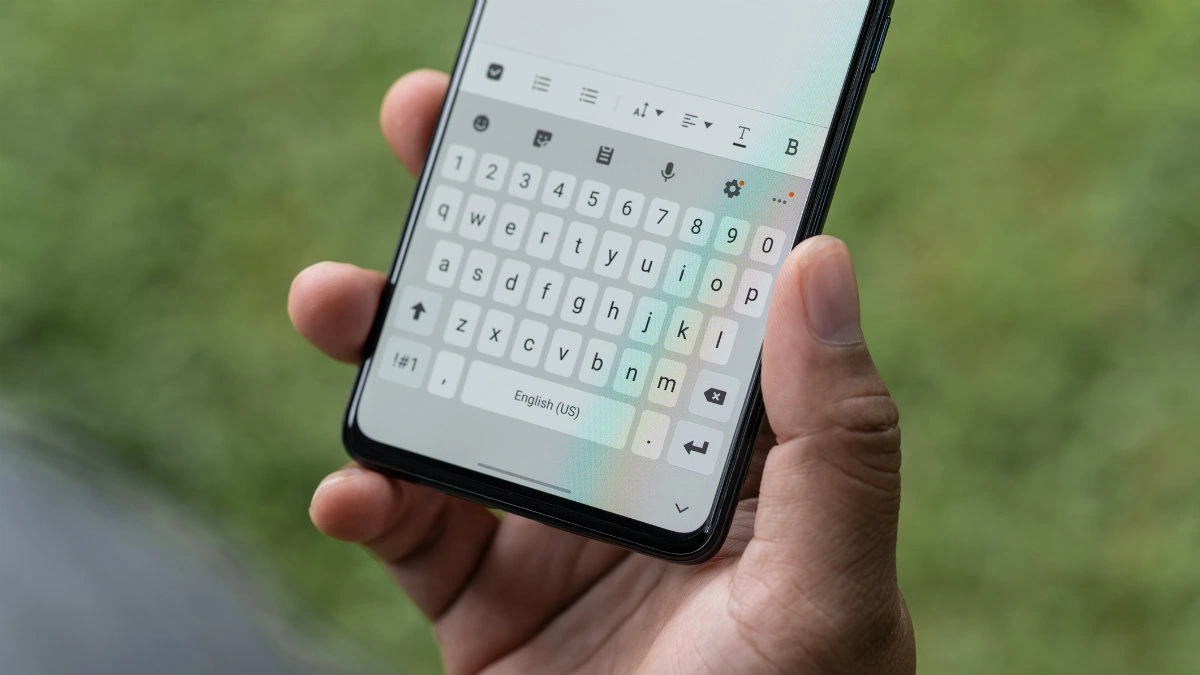Android 15 Lets You Control Keyboard Vibration

The next big thing for Android smartphones is Android 15, and enthusiasts are eagerly waiting for the next major OS update. Since this will be the latest update, it should bring some unique features as per convenience for users to enhance their experience.
But here’s the question: whether the wait of enthusiasts for Android 15 will be worth it?
Since Google debuted its first Android 15 developer preview, the brand has not attached many new tweaks as expected, but the brand is making some small tweaks throughout. Out of which there is a notable ability to control keyboard haptics directly from the Settings menu, regardless of the settings of the application the users will get with Android 15.
Within the “Vibration & haptics” section of the Settings menu of Android 15, a new tool is housed for “keyboard vibration.” Also, the option is enabled by default but can be turned off. It’s not linked to any specific keyboard application, but the fact is that in the initial testing, it appears that the settings work independently of the application’s settings.
Noticeably, in Android 15, the settings of the new “keyboard vibration” toggle do not sync with Gboard’s toggle for “haptic feedback on press.” Also, turning off the system toggle during the Gboard toggle is authorized to leave haptics disabled, while the reverse will leave them turned off. The reports say that Android could disable the keyboard’s haptics, no matter if the application has them enabled.
Although all the keyboards, along with the haptic support, provide an option to toggle that off, this gives Android better control over this functionality. For people who don’t prefer haptic feedback from the keyboard, these settings effectively guarantee that they don’t appear on any keyboard they install.



